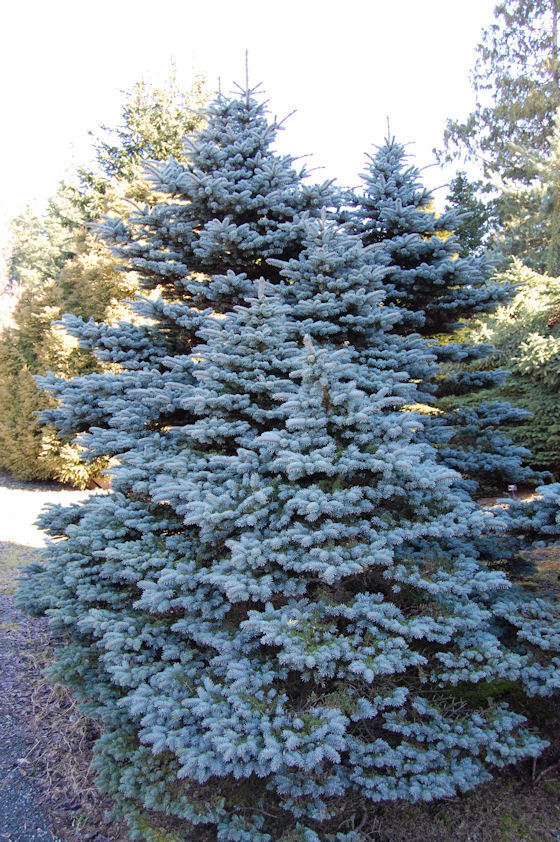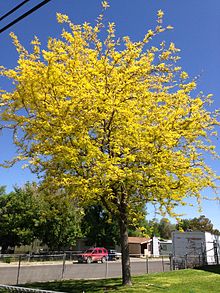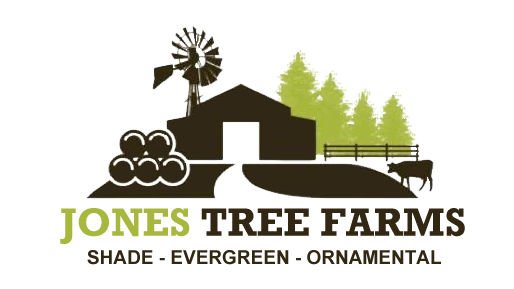Blog
-
Posted by Super User
The redbud tree is native to eastern North America and is striking in wooded areas where its reddish-purple flowers grow, closely and tightly aligned on slender stems, before the leaves unfold in spring. The distinctly heart-shaped green leaves are six inches across. It is a graceful and small tree, with spreading, slightly drooping branches. Height at maturity is approximately 20 to 30 feet.
Plant young trees in the spring in well-drained soil in sun or partial shade. Thin upper branches if lower ones are struggling from lack of light under a dense canopy.
An easy and attractive choice as a single specimen or in groups. Select the flowering trees from your own region because the hardiness varies with trees originating in more northern or more southern locations.
-
Posted by Super User
The Colorado blue spruce, with its near perfect conical shape, upright growth and bluish evergreen foliage, makes a lovely live Christmas tree. Nothing is prettier in a winter landscape than a Blue spruce with a layer of snow resting atop the needles of its tiered branches.

The blue spruce is a medium-sized, evergreen conifer that can reach a height of 60 feet and 30 feet at its widest point. The tiered branches extend from a trunk of thin, gray bark. The stiff, dense, blue-green needles render the blue-green hue that gives this tree the name of “Blue spruce.” Its long, pendulous cones, which change from a reddish purple to a soft, light brown after pollination, dangle gracefully from the branches.
The blue spruce has many cultivars and is one of the most preferred trees to be selected for gardens and large parks. Among the favorites of the cultivars is the ‘Fat Albert,’ named for comedian Bill Cosby’s animated cartoon character. ‘Fat Albert’ is a dense, broad, conical-shaped tree with blue-gray needles on closely tiered branches. It is a slow grower that normally reaches a height of 20 feet but in perfect conditions can grow as tall as 40 feet.
The blue spruce prefers full or partial sun. It requires medium amounts of water and does best when watered on a regular schedule. A well-balanced fertilizer at least once a year is helpful to keep the tree vigorous and healthy. Otherwise, it is virtually maintenance-free. Its uppermost branch is an open invitation to a variety of birds that make good use of it as a stage to belt out arias of melodic birdsong or to use as a perch to survey a panoramic view. It is resistant to rabbits and deer and tolerates air pollution.
-
Posted by Super User

Honey locust is a tall, pod-bearing, deciduous shade tree with a short trunk. Its ornamental foliage is lacy and medium to fine in texture. The tree's mature size is variable, growing in the 30 to 70-foot range, taller in the wild. Honey locust is a rapid-growing tree whose fall foilage is yellow to yellow-green. Its fruit is a long, reddish-brown, straplike, curved pod produced in late summer. Its shade is dappled and permits plant growth beneath the canopy.
Plant honey locust in full sun and limey soil. It adapts to a range of conditions, including drought and high pH, and tolerates road salt spray.
To avoid thorns and litter problems, use an unarmed podless selection as a shade tree. Webworm is this plant's worst enemy. Leaflets are small and break down quickly.
